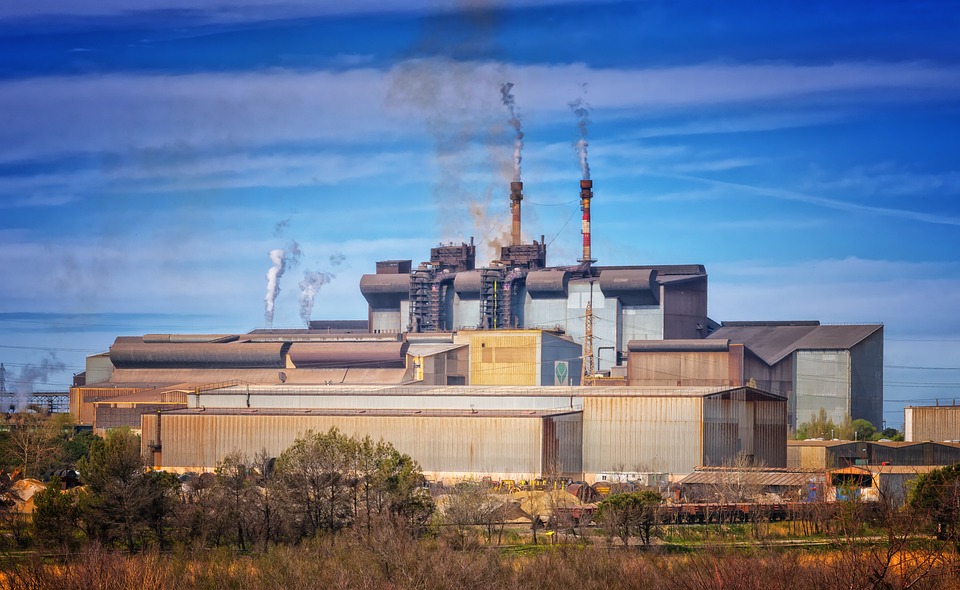How to Calculate Climate Sensitivity
Climate sensitivity is a crucial concept in climate science, quantifying the relationship between greenhouse gas emissions and global temperature change. It specifically measures how much the Earth’s surface temperature is expected to rise in response to a doubling of atmospheric carbon dioxide (CO₂) levels from pre-industrial times.
1. Understanding Climate Sensitivity
Definition of Climate Sensitivity
Climate sensitivity is defined as the change in global mean surface temperature resulting from a doubling of CO₂ concentration. This measure helps scientists predict future warming scenarios based on current emission trends.
Equilibrium vs. Transient Climate Sensitivity
– Equilibrium Climate Sensitivity (ECS): Refers to the long-term temperature increase after the climate system has fully adjusted to a sustained doubling of CO₂. This adjustment can take centuries to millennia.
– Transient Climate Response (TCR): Represents the immediate temperature increase at the moment CO₂ levels double, typically occurring over a shorter timeframe (e.g., during a gradual increase of 1% per year).
2. Basic Formula for Climate Sensitivity
Formula Overview
The relationship between temperature change and radiative forcing can be expressed with the formula:
$$Delta T = lambda times Delta F$$
Where:
– $$Delta T$$ = Temperature change
– $$lambda$$ = Climate sensitivity (°C/(W/m²))
– $$Delta F$$ = Change in radiative forcing (W/m²)
Doubling of CO₂ as Standard Measure
Doubling CO₂ concentration is often used as a standard scenario because it provides a clear benchmark for understanding potential future warming, given that pre-industrial levels were around 260 ppm and a doubling would reach approximately 520 ppm.
3. Steps to Calculate Climate Sensitivity
Step 1: Determine Radiative Forcing
Estimate or use known values for $$Delta F$$ due to CO₂ doubling, which is typically around 3.7 W/m².
Step 2: Obtain Temperature Change ($$Delta T$$)
Utilize climate models, paleoclimate data, or empirical observations to estimate $$Delta T$$. For example, recent studies suggest that ECS estimates range from approximately 2.6°C to 4.1°C[1][4].
Step 3: Solve for Climate Sensitivity ($$lambda$$)
Rearrange the formula to find climate sensitivity:
$$lambda = frac{Delta T}{Delta F}$$
4. Methods for Estimating Climate Sensitivity
– Paleoclimate Data: Historical records from ice cores and sediment layers provide insights into past climate conditions and help estimate climate sensitivity over long timescales.
– Climate Models: General Circulation Models (GCMs) simulate various scenarios based on different greenhouse gas concentrations, yielding a range of sensitivity estimates.
– Empirical Observations: Recent observational data on temperature and CO₂ levels can also be used to derive estimates of climate sensitivity.
5. Key Considerations and Limitations
Uncertainty in Radiative Forcing
Estimates of radiative forcing can vary significantly due to factors like aerosols and land use changes, which complicates sensitivity calculations.
Feedback Mechanisms
Feedback processes (e.g., water vapor, cloud dynamics) play a critical role in determining climate sensitivity and can either amplify or dampen temperature changes.
Limitations of Climate Models
Different models may produce varying estimates of climate sensitivity based on their underlying assumptions and parameterizations, leading to uncertainty in projections.
Frequently Asked Questions (FAQs)
– What is a “high” vs. “low” climate sensitivity value?
High climate sensitivity values are generally considered above 4°C, while low values are below 2°C.
– How does climate sensitivity impact future warming predictions?
Higher climate sensitivity indicates greater expected warming for given emissions, influencing policy decisions regarding emissions reductions.
– What role do feedbacks play in climate sensitivity?
Feedback mechanisms can significantly alter the effectiveness of warming responses; positive feedbacks increase warming while negative feedbacks reduce it.
– Why is there uncertainty in climate sensitivity estimates?
Variability arises from differences in model assumptions, historical data interpretations, and uncertainties in radiative forcing calculations.
– Can climate sensitivity change over time?
Yes, ongoing research suggests that climate sensitivity may not be constant and could evolve with changing climatic conditions and feedback processes.
Conclusion
Calculating climate sensitivity is vital for understanding potential future warming scenarios and informing global climate policies. As research continues to refine these estimates, it remains an essential tool for predicting how our planet will respond to increasing greenhouse gas concentrations.

Kyle Whyte is a notable scholar and professor at the University of Michigan, holding positions such as the George Willis Pack Professor in the School for Environment and Sustainability and Professor of Philosophy. Specializing in environmental justice, his work critically examines climate policy and Indigenous peoples’ ethics, emphasizing the nexus between cooperative scientific endeavors and Indigenous justice. As an enrolled Citizen Potawatomi Nation member, he brings a vital perspective to his roles as a U.S. Science Envoy and member of the White House Environmental Justice Advisory Council. His influential research is supported by various prestigious organizations including the National Science Foundation, and disseminated through publications in high-impact journals. Kyle actively contributes to global Indigenous research methodologies and education, with affiliations to numerous institutes and societies dedicated to traditional knowledge and sustainability. Recognized for his academic and community engagement, Kyle has earned multiple awards and served in various visiting professorships. His efforts extend to leadership positions on boards and committees focused on environmental justice nationwide.
